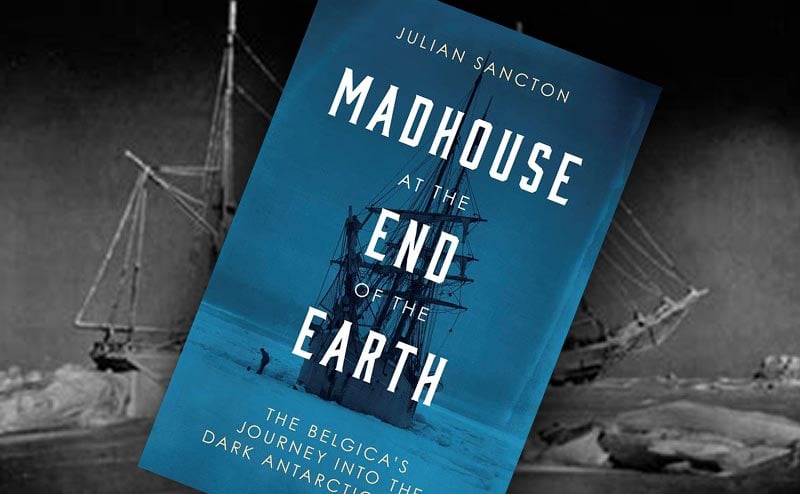
Book Review: Madhouse at the End of the Earth
This is the greatest adventure story that no-one has ever heard of. It’s a story of polar exploration in the late 19th century, arguably the greatest era of reckless adventure in human history. The canons of polar exploration are filled with stories of tough and heroic adventurers - Peary and Scott and Franklin and Cook and Amundsen - I remember as a boy, literally holding my breath as I read the account of Shackleton’s incredible expedition aboard the Endurance in 1915. I love this stuff, but I had never heard of the BELGICA and her heroic crew. In a new book, published in May of this year, Julian Sancton tells the incredible story of an ill-fated Antarctic expedition led by a Belgian commandant, Adrien de Gerlache. Why is this story not better known? I really don’t know but the author has written a fantastic, thrilling account of survival, courage, brilliant desperation, treachery and insanity. The toxicology angle here is one of the more fascinating parts of the book. Because of a series of questionable command decisions, the BELGICA became hopelessly trapped in Antarctic pack ice and the crew were the first to be forced to spend the winter at the South Pole. A mysterious illness laid the crew and it’s captain low and the ship’s doctor, Frederick Cook - part brilliant physician, part con-man - applied endlessly ingenious and inventive and creative ways to decipher the diagnostic clues of the enigmatic disease that was killing the crew until he reasoned out the diagnosis and the stunningly daring and fantastically clever treatment. I don’t want to give away too much of the story, but most physicians will be in awe of Dr. Cook’s remarkable talents as a physician. As the crew began to recover, just one member remained stubbornly sick - the Captain - and here is where the toxicology lesson comes in. It wasn’t until years later that the theories of Captain de Gerlache’s persistent, life-long physical and mental disability were posited. In the late 19th century, photography was still an arduous and difficult process. Obtaining the images often took hours and involved a lot of guesswork regarding lighting, exposure and the chemical process of developing images on photographic plates. The ship’s doctor also served as it’s photographer and he spent hours mixing chemicals and developing incredible photos (several of which appear in the book) in a darkroom immediately adjacent to the Captain’s quarters. The odor of photographic chemicals frequently penetrated into all corners of the ship, the Captain’s chambers in particular. Doctor Cook made several ingenious adaptations during the long polar winter, one of them being the use of hydrocyanic (prussic) acid to develop photographic prints. The author Sancton raises the reasonable question - could the Captain’s mental deterioration and irrational decisions have been at least in part due to chronic “bathing” in toxic fumes from the cyanide-containing chemicals used in developing photographs? In addition to cyanide, the crew was also exposed to fumes from the arsenic that had been brought on board to preserve biological specimens. These exposures, combined with the vitamin deficiencies the rest of the crew suffered from, and the psychological stress of trying to survive and protect his crew in -45 degree weather in perpetual darkness may explain some of the bizarre behavior and illogical choices that led to one of the most terrifying and thrilling adventure stories you will ever read.
Join the conversation in the Toxicology Section's engagED community


